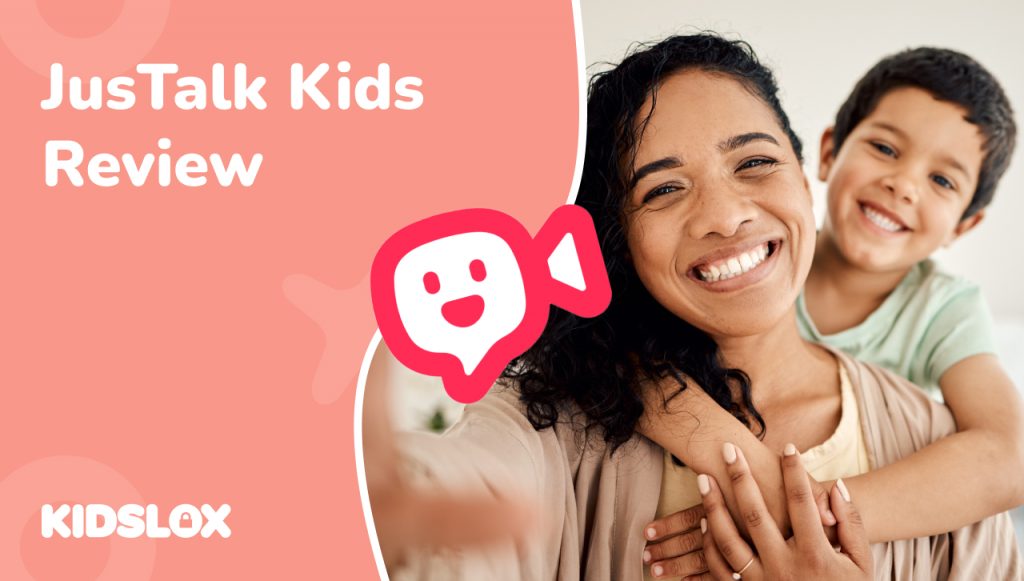There are a lot of very varied views out there about how best to handle the way children and teenagers use mobile devices, the internet and screens in general. Every family and every child is different and needs to have a personal approach tailored by the parents involved. Despite these varying needs though, some solutions seem to have a much wider application than others.
We’re going to take a look at five different approaches to parenting strategies for mobile devices. Each approach falls onto the trust/control scale (shown below) at a different point, as the essential difference between them is the balance that they find between trusting your children to do the right thing and keeping control over everything they access and do with their devices. Obviously we feel that Kidslox is the approach with the widest application and the most appropriate balance of trust and control, but as I wrote above, every family is different and needs to evaluate their needs individually.

Stealth Control and Monitoring
This approach to parenting children’s devices essentially amounts to spying on them. You watch everything they do, post, write to friends etc. and remotely control their devices for them without their knowledge. To us, this seems an obvious parental over reach and we wouldn’t advocate it as an option for any family. We’ve had a number of parents request similar functions for Kidslox though and the fact that there are ‘stealth’ products like XNSPY, MobiStealth and PhoneSheriff out on the market shows us that it’s an option some parents are willing to pay for.
Secretly spying on your children is problematic for a number of reasons, 3 of which I’ve set out below:
- You demonstrate your lack of trust in your children
- It doesn’t set any standards for the children to live up to, only enables arbitrary seeming punishment after they go too far
- It teaches kids to be paranoid and hide their activity even better
Total Trust
It would be great to think that we could trust our kids to do the right thing in every situation and that they’re responsible enough to limit their own screen time, use only appropriate games and sites and tell you if they encounter anything or anyone that makes them uncomfortable.
That might sound especially naive, but fans of this approach would place extra emphasis on talking to their children about the dangers inherent in technology and asking them regularly about the apps they use and the sites they go on. Creating a wider atmosphere of openness and trust to encourage children to take responsibility for their own behaviour.
As children grow into teens and teens into young adults obviously we’d hope that whatever approach is used it gradually turns into this, but I think it’s fair to say that most parents experience would lead them to call this an unrealistic option at first and largely advocated by yet-to-be parents.
Open Control and Monitoring
This approach to the problem is much closer to the way Kidslox operates than the previous two. It also combines elements of both; when you install parental control software openly on your child’s device, you also need to talk with your child about the reasons why you’re doing it and what boundaries you’ll be setting.
One of the reasons we created Kidslox though, is because many parental control products which take this approach are still very invasive. With apps like Pumpic encouraging parents to read texts and emails and constantly track their teenagers whereabouts, essentially controlling behaviour through the fear of being watched or caught.
Pros
- Initiates conversation about the dangers of technology
- Provides a framework for sensible boundaries
Cons
- Children get used to it and it becomes essentially the same as the spyware
- Invasive over-monitoring builds paranoia in parents and secrecy in kids
Low-tech monitoring
I’ve read a number of articles suggesting the implementation of an ‘open phone policy’ or something similar. Essentially a verbal agreement between teens and parents that the parents are allowed to look through their child’s phone and social accounts at any time. It’s actually quite a tricky approach to place on the scale above, because whilst it does demonstrate a high level of trust in the kids ability to manage their own activity, it also
Whilst I quite like this system as a conversation generator and as a demonstration of trust in the kids while not letting the issue go unaddressed, the risks inherent in having too much screen time are not part of the equation and where parents and kids fundamentally disagree over the appropriateness of an app the parent can only rely on the strength of their own authority. For some families it will be the right choice, but for most I suspect more direct control over screen time is required.

The Kidslox Approach
Of course we’re always working to make Kidslox better, but we feel that we’ve got the balance of trust and control just about right. Kidslox lets parents set limits on disruptive and potentially dangerous screen time and allows the blocking of apps they deem inappropriate without taking invasive measures against the child’s privacy. There’s room for varying levels of strictness within Kidslox, but no temptation to start all out spying on your kids.
As with the open control apps, Kidslox is best used as part of a parenting strategy that includes plenty of talking with the children about the dangers of technology. Explanation of the limits you’re setting, the reasons for them and the times they’ll be applied helps children to both accept them and hopefully also begins the process of leading them towards even more trust based approaches.
Don’t let the issue pass you by
In today’s screen filled world it’s not an issue to let slide. Whatever solution you decide is best for your family, it’s important to make sure you’ve at the very least talked about the problem of screen time and about the risks inherent in internet use, social media and many other mobile apps.
Whether implemented for disciplinary reasons, to stave off tech dependence and addiction or simply to protect kids from the inappropriate, Kidslox is a solution that we’re proud to be associated with, use in our own homes and think provides exactly the sort of balance that many families are looking for. Perhaps it’s what you’re looking for too?





